Traffic Unit
Mission Statement:
“It is the mission of the Anchorage Police Department Traffic Unit to reduce traffic-related deaths and injuries and to promote safe and efficient use of our roadways.”
—————
The traffic unit currently has 1 Lieutenant, 1 Sergeant, 2 fatality investigators, 8 traffic officers, 3 community service officers, and 1 traffic clerk assigned to the unit. The focus of the unit is city-wide traffic law enforcement with an emphasis on targeting aggressive and dangerous driving behaviors, enforcing Municipal Title 9 Traffic and Vehicles code and regulations and performing traffic collision investigations for serious and fatal traffic collisions.
Traffic enforcement is one of our top priorities. Here’s why.
Traffic stops are one of the most important policing activities we engage in for several reasons; some of which you may not have thought of before. The first reason is the most obvious: traffic stops and the issuing of traffic cites has the largest impact on changing driving behavior and reducing traffic collisions. Enforcing traffic law keeps our roads safer for everyone. When we come into contact with a driver we can make sure they have a valid driver’s license and insurance and that everyone in the vehicle is properly buckled up. If someone does not have a license in good standing then we have a duty to remove them from our roadways. We’re also keeping an eye out for stolen vehicles and drivers who are on the scofflaw list (unpaid traffic citations in amounts over $1,000). People on the scofflaw list have shown a blatant disregard for traffic laws and the penalties incurred from breaking those laws. They clearly have no intention of being a responsible vehicle operator. This is why we impound the vehicle operated by a scofflaw offender regardless of who the vehicle is owned by. The drivers on our city streets need to be safe and responsible ones.
The second reason is perhaps one you may not have considered much before: traffic enforcement affects ALL crime. There has been massive amounts of research which have proven this. Why? For a few reasons. For starters, traffic enforcement is visible. Just the presence of police cars can deter bad people from engaging in wrong doing and it also makes other drivers automatically slow down and self-check their driving behavior.
Thirdly, criminals drive. Criminals use their vehicles to commit crimes and to transport the fruits of their labor. Countless warrants have been served, drugs seized, and stolen property recovered all as a result of pulling over a car for a traffic violation. When we identify everyone in a vehicle it allows us to know who is hanging out with whom. The same people who commit crimes together tend to hang out together and drive around together.
One of the top complaints/requests we receive from the public is that they are afraid of other people’s driving behavior and they’d like to see more traffic enforcement. That brings us to two more subjects that citizens often bring up: warnings and fines. The purpose of traffic enforcement is voluntary compliance with traffic law. Depending on the totality of the circumstances, including the severity of the infraction, sometimes this can be reinforced with a warning but frequently a citation is appropriate. The vast majority of the people we pull over know why they are being pulled over as soon as they see the flashing blue and red lights behind them. They already know the law(s) they are breaking but chose to do it anyway, or simply aren’t paying close enough attention. It’s that line of thinking, that particular behavior, which citations correct. It’s not about the money for us. It’s about making people re-think the way they operate a 3,500 pound piece of machinery while barreling down the highway at 65 mph. It’s a huge responsibility and one that needs to be taken seriously. All fines collected from traffic citations go into the Municipality’s general fund and not directly to APD.
The only way we can effectively fulfill our promise and duty to uphold the law in this fine city is by talking to its people. This includes during traffic stops. The more face-to-face contact we can have with the public we serve the more we can keep a pulse on what is happening on the streets. We will always need your help to do this. Obey the law, report suspicious activity to us, and help us to make the Municipality of Anchorage a safe place to both live and work.
is speeding worth it?
How much time can you save speeding to your destination? Check for yourself using the equation below or see the difference between the two scenarios.
This is the equation to use to calculate the time you’d save: t=d/V
t = time
d = distance (convert miles to feet)
V = velocity (divide by 1.466 to get speed in MPH)
Scenario 1:
You’re commuting from Eagle River to Anchorage driving the posted speed limit of 65 MPH for a distance of 15 miles.
Conversions:
Miles to feet: 15 miles x 5280 (feet in 1 mile) = 79200 feet
Speed to velocity: 65 MPH x 1.466 = 95.29 feet per second
t=79200/95.29
Time = 831.14 seconds or 13 minutes 51 seconds
Scenario 2:
You’re commuting from Eagle River to Anchorage driving 75 MPH for a distance of 15 miles (10 miles per hour over the posted speed limit)
Conversions:
Miles to feet: 15 miles x 5280 (feet in 1 mile) = 79200 feet
Speed to velocity: 75 MPH x 1.466 = 109.95 feet per second
t=79200/109.95
Time = 720.32 seconds or 12 minutes
———Comparing the times above, you’d arive 1 minute & 51 seconds earlier by speeding——-
“Speeding 10 miles over the posted speed limit carries a fine of $180. Is saving less than 2 minutes worth a $180 citation?”


